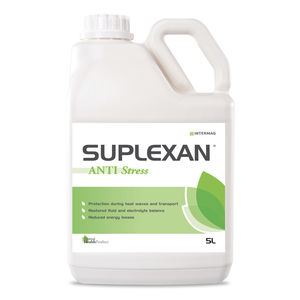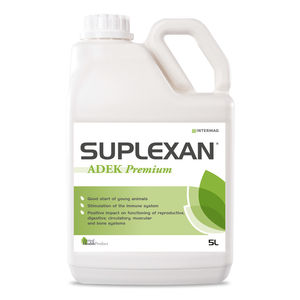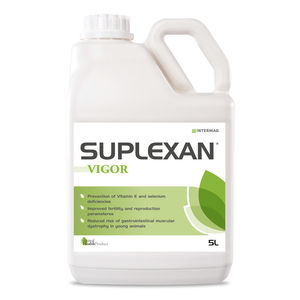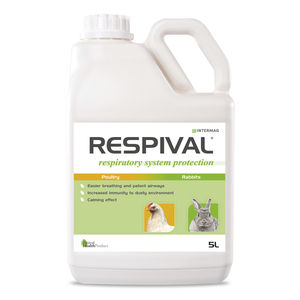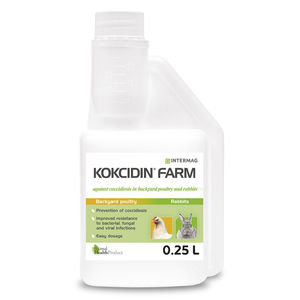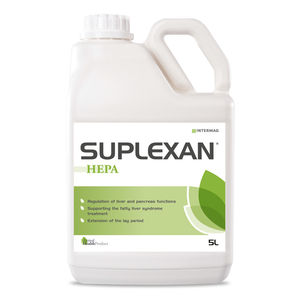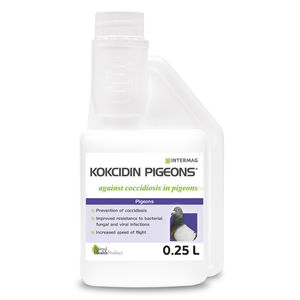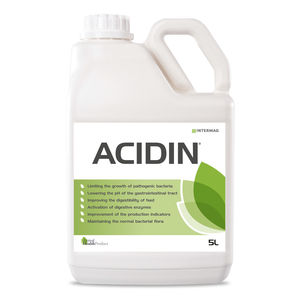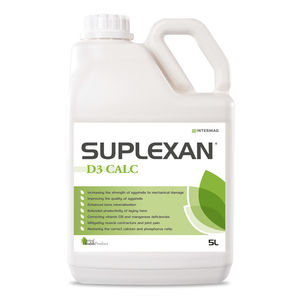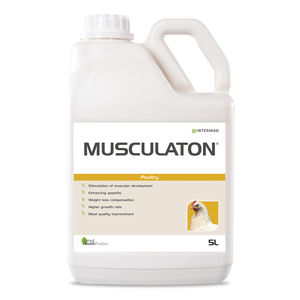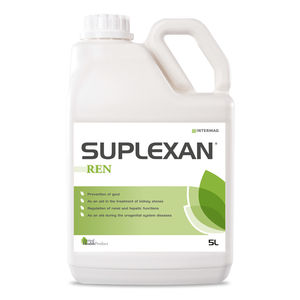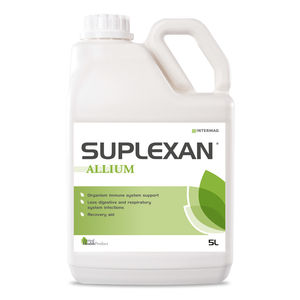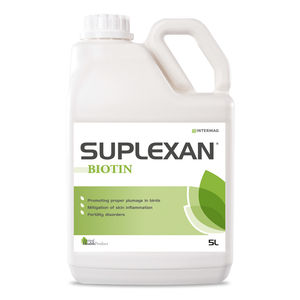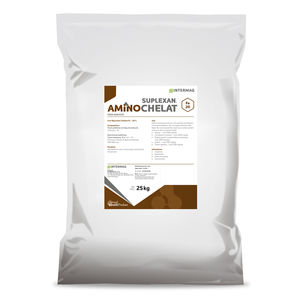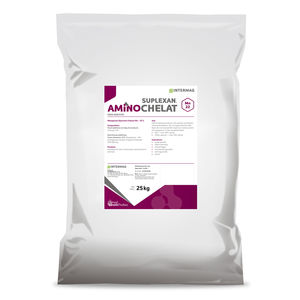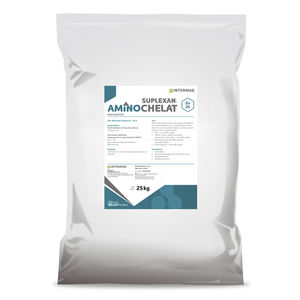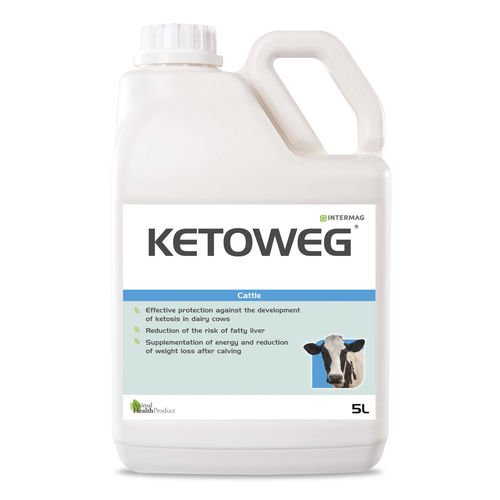
- Livestock Farming
- Animal feed
- Animal feed supplement
- INTERMAG Sp. z o.o.
Animal feed supplement KETOWEGcattleseleniumvitamin
Add to favorites
Compare this product
Characteristics
- Type
- for animals
- Animal type
- cattle
- Main ingredient
- selenium, vitamin
- Form
- liquid
- Function
- for weight gain, for calving, stimulate appetite, higher milk revenues
Description
Ketosis is a common metabolic disease occurring in cows with a high potential for milk production. The greatest risk of ketosis occurs between day 10 and 50 of lactation and is a consequence of a reduction in appetite and a negative energy balance. In order to control the energy starvation, the body releases reserves accumulated in adipose tissue (lipolysis) and the flow of free fatty acids (NEFA) flowing into the liver is increased. NEFA excess and deficiency of glucose leads to fat burning metabolic pathway blocking. Therefore, a part of fatty acids is esterified and accumulates as fat in liver (fatty liver syndrome), a part is converted to ketones, which accumulate in blood (ketosis).
A cow with ketosis might lose weight, reduce the amount of produced milk, have fertility problems and often suffer from mastitis or metritis. The losses associated with the disease are very high. Therefore appropriate prevention and rapid ketosis treatment is so vital.
Catalogs
No catalogs are available for this product.
See all of INTERMAG Sp. z o.o.‘s catalogsRelated Searches
- Animal nutritional supplement
- Nutritional supplement
- Solid feed supplement
- Mineral nutritional supplement
- Cattle nutritional supplement
- Vitamin nutritional supplement
- Digestion nutritional supplement
- Deficiency corrector supplementary feed
- Poultry nutritional supplement
- Supplementary feed for the immune system
- Liquid nutritional supplement
- Feed additive
- Reproduction nutritional supplement
- Pig nutritional supplement
- Amino acid feed supplement
- Metabolism nutritional supplement
- Dry feed additive
- Poultry feed additive
- Weight gain nutritional supplement
- Stress treatment nutritional supplement
*Prices are pre-tax. They exclude delivery charges and customs duties and do not include additional charges for installation or activation options. Prices are indicative only and may vary by country, with changes to the cost of raw materials and exchange rates.



